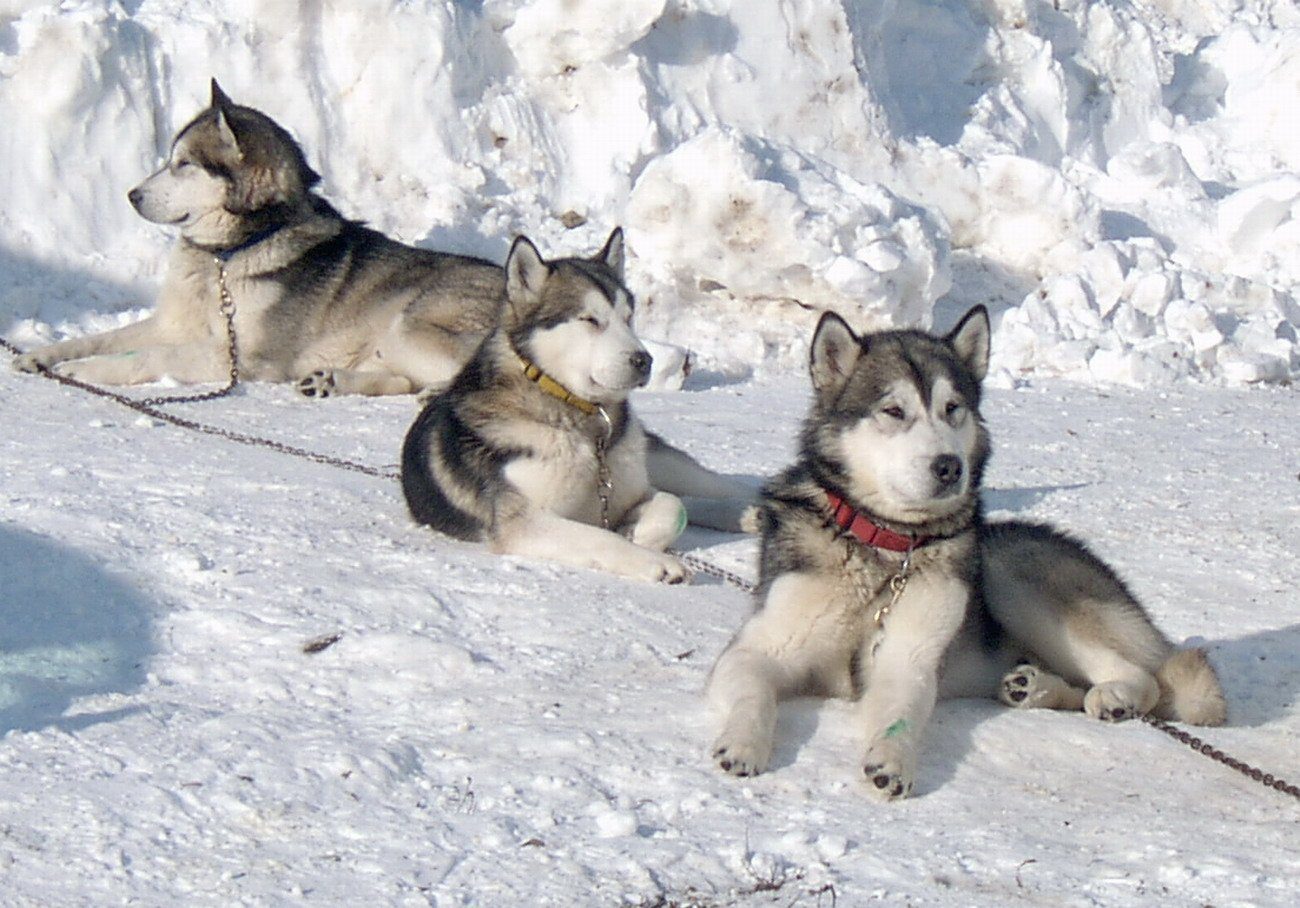Content |
|---|
Characteristics "American Hairless Terrier"
Coexistence is important that you have with your new friend. Before considering the acquisition of a dog of the breed ““ you know certain factors. Not all breeds of dogs are apt to live in an apartment, you must take into account his character, their need for exercise, their interaction with other pets, their care and if you have small children, their level of tolerance towards them.
Adaptation ⓘ2.0 out of 5 stars (based on 1 review)
|
friendly dog ⓘ3.0 out of 5 stars (based on 1 review)
|
hair loss ⓘ1.0 out of 5 stars (based on 1 review)
|
|---|---|---|
Affection level ⓘ4.0 out of 5 stars (based on 1 review)
|
Need for exercise ⓘ2.0 out of 5 stars (based on 1 review)
|
Social need ⓘ5.0 out of 5 stars (based on 1 review)
|
Home ⓘ3.0 out of 5 stars (based on 1 review)
|
Toilet ⓘ1.0 out of 5 stars (based on 1 review)
|
Friendly with strangers ⓘ3.0 out of 5 stars (based on 1 review)
|
barking ⓘ2.0 out of 5 stars (based on 1 review)
|
Health ⓘ3.0 out of 5 stars (based on 1 review)
|
Territorial ⓘ3.0 out of 5 stars (based on 1 review)
|
Cat friendly ⓘ3.0 out of 5 stars (based on 1 review)
|
Intelligence ⓘ4.0 out of 5 stars (based on 1 review)
|
Versatility ⓘ3.0 out of 5 stars (based on 1 review)
|
Child friendly ⓘ4.0 out of 5 stars (based on 1 review)
|
Surveillance ⓘ3.0 out of 5 stars (based on 1 review)
|
joy ⓘ5.0 out of 5 stars (based on 1 review)
|
History
The American Hairless Terrier is a rare breed of dog, considered a variant of Buzzard terrier.
The 1 in January of 2004, the American Kennel Club considered it a separate race within the Terrier. It is often confused with the Chihuahua without hair.
Reportedly, the breed started when a hairless puppy appeared in a litter Rat Terrier in the state of Louisiana, United States, in 1972. To the owners Edwin and Willie Scott they liked the dog, both in appearance and temperament, and decided to investigate more environment this variety.
The idea was, get debug hairless variety, but maintaining the characteristics of the breed of origin. Throughout his life, that female conceived three other puppies with the same characteristics that would continue the lineage. In 1981, attempts to continue this race, they were successful.
In 1998, the breed gained recognition as the American Hairless Terrier by the North American Kennel Club and the National Rat Terrier.
Canada was the first country outside the US. in recognition of the race (1999), very difficult question due to its rarity. In 1999 the race was known as a Rat Terrier: hairless variety by the United Kennel Club.
Physical characteristics
It is a muscular breed, medium-sized and with erect ears, which gives an aspect of bat. It does not have hair all over his body, except in the eyebrows and mustache, his skin is pink with black spots, brown, reddish or gray of varied sizes.
During his first days of life, the puppies are covered with a layer of hair lost within six weeks. In adulthood are beardless with the exception of the eyebrows and mustache.
Something curious is that, Unlike other races without hair, the American Hairless Terrier lacks genetic abnormalities, as well as health problems.
Although they are strong and resilient dogs, Okay remember that, due to his lack of hair, the hottest days it is necessary to protect the dog from the sun's rays, recommended is to put sunscreen 50 or more. Y, In cold weather, the ideal thing is to put a coat on them..
Character and skills
The American Hairless Terrier is an intelligent dog, curious, cheerful and energetic. It tends to be very well with young children. It is a dog that constantly seeks to please and interact with members of his family.
Despite being defined as a dog with an energetic character, it has a quieter part that allows it to rest 'loose paw' for several hours., preferably on an overstuffed sofa or on the lap of a person.
It is graceful and elegant and retains a great instinct for hunting of their ancestors, but its lack of fur makes it not a good candidate to be a hunting dog..., rough weed can damage unprotected skin.
His temper, as we said, makes a loving pet, Intelligent, energetic. They are quite territorial (due to his frustrated Hunter instinct…), but with a proper education that can be corrected.
To finish, the American Hairless Terrier they are not a good swimmer and for that reason they should be controlled when they are near water.
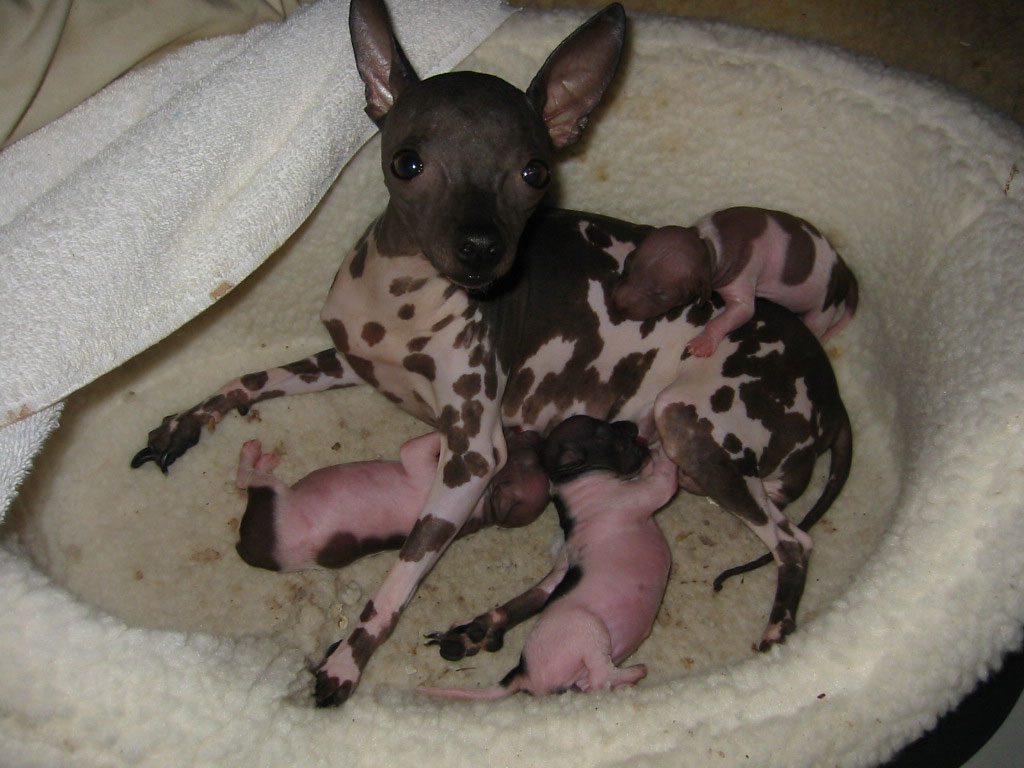
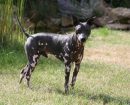
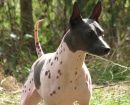
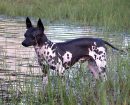
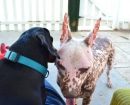
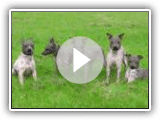 American Hairless Terrier
American Hairless Terrier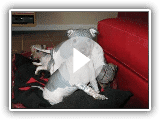 www.ahtdog.com American Greenland Terrier-Aug 2007 (Part 1)
www.ahtdog.com American Greenland Terrier-Aug 2007 (Part 1)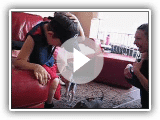 www.ahtdog.com American Hairless Terrier -Aug 2007 (Part 2)
www.ahtdog.com American Hairless Terrier -Aug 2007 (Part 2)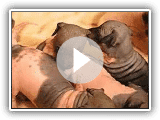 American Hairless Terrier puppy
American Hairless Terrier puppy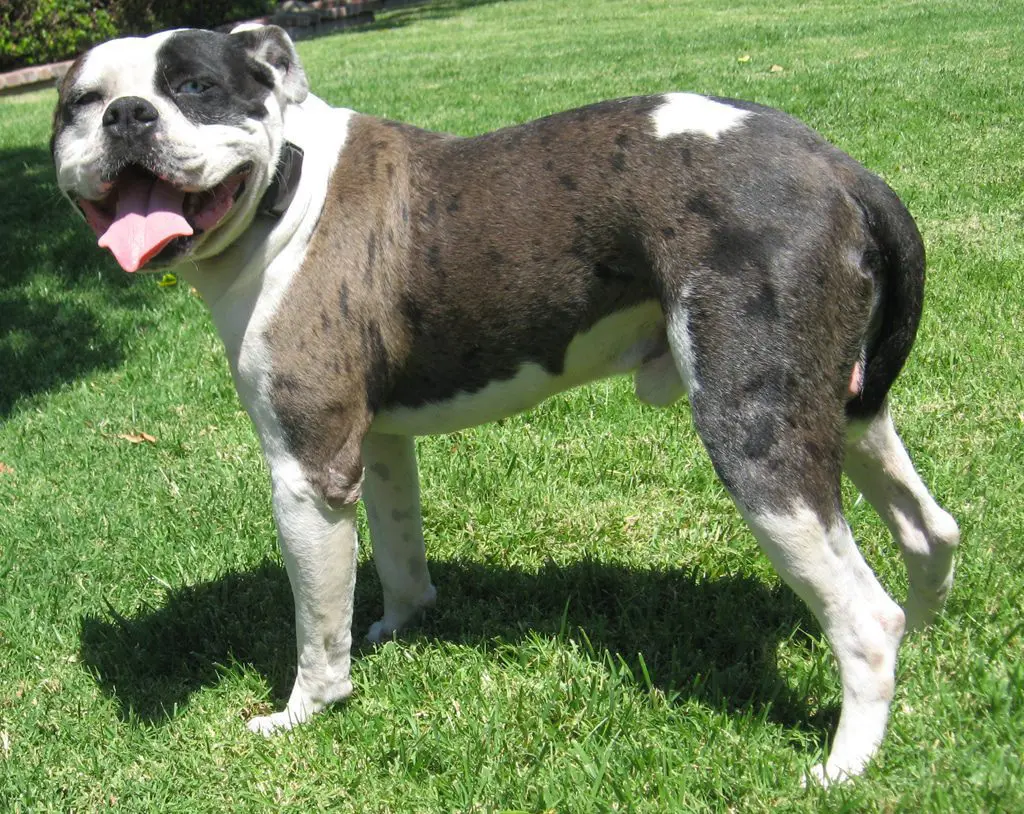
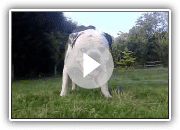 Numb Skull the Alapaha Bulldog in the UK
Numb Skull the Alapaha Bulldog in the UK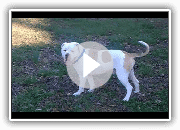 KGB ALAPAHAS – BROCK – ALAPAHA BLUE BLOOD BULLDOG
KGB ALAPAHAS – BROCK – ALAPAHA BLUE BLOOD BULLDOG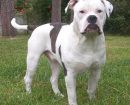
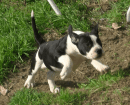
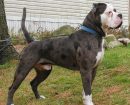
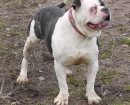
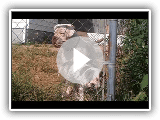 ALAPAHA BLUE BLOOD BULLDOG ABBA
ALAPAHA BLUE BLOOD BULLDOG ABBA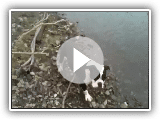 Alapaha blue blood bulldog swiming at 10 half mnths old
Alapaha blue blood bulldog swiming at 10 half mnths old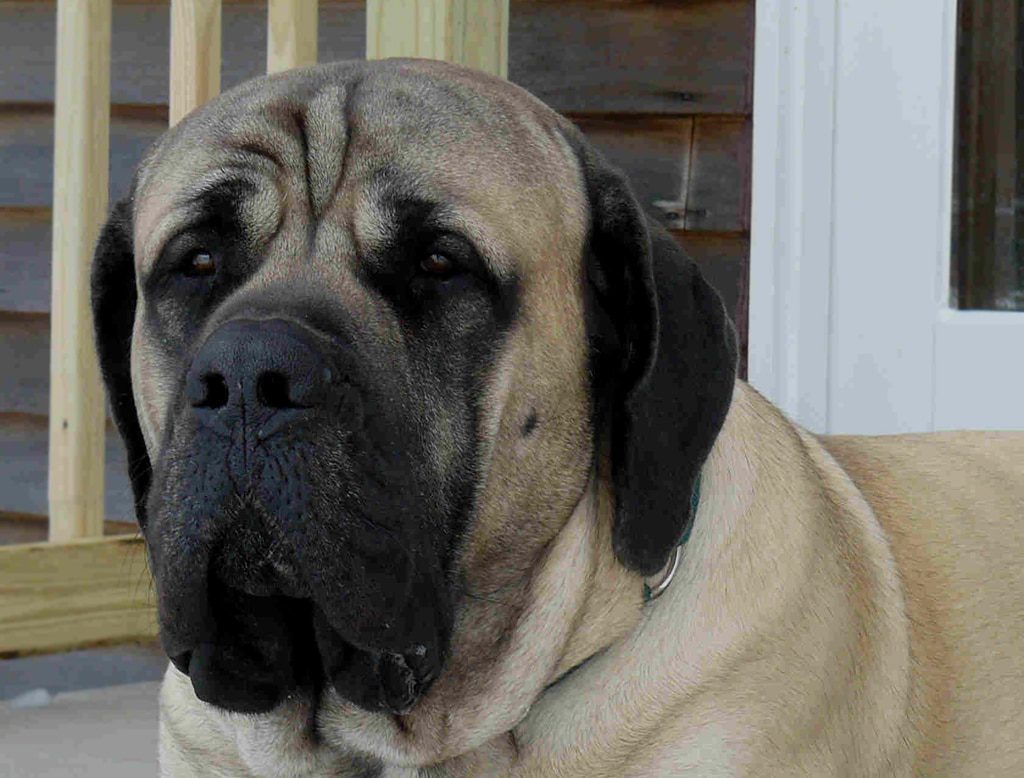
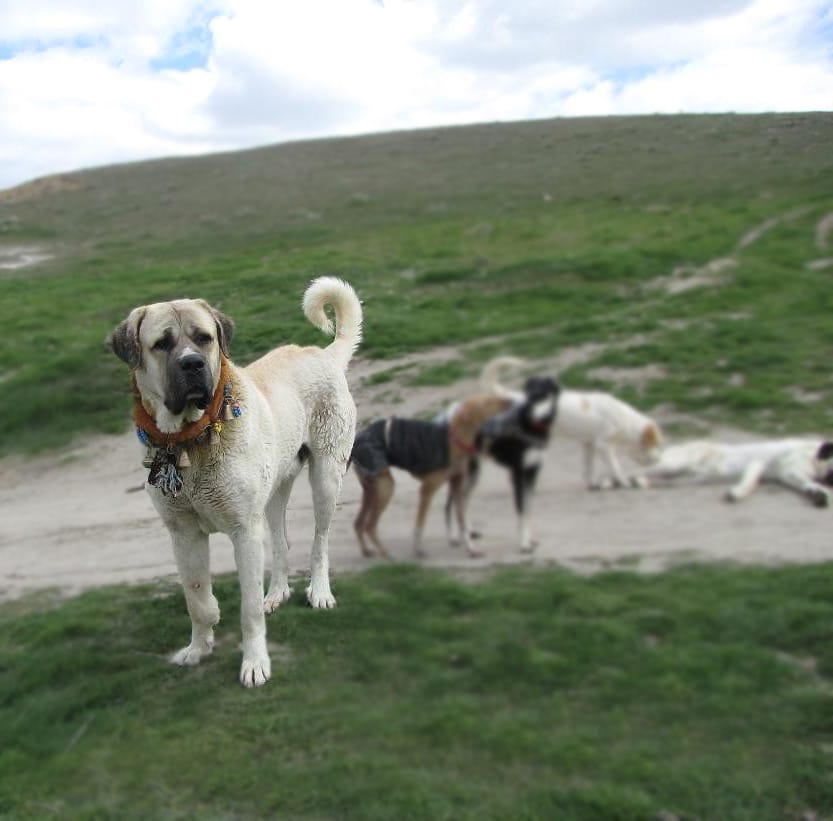
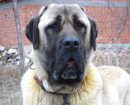
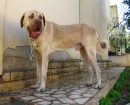
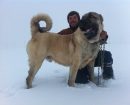
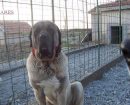
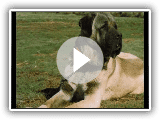 Turkish Aksaray Malak
Turkish Aksaray Malak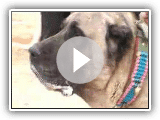 Aksaray Malakli Tank and saro
Aksaray Malakli Tank and saro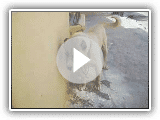 Malaklisi NIGDE
Malaklisi NIGDE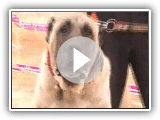 Aksarayin TANKi
Aksarayin TANKi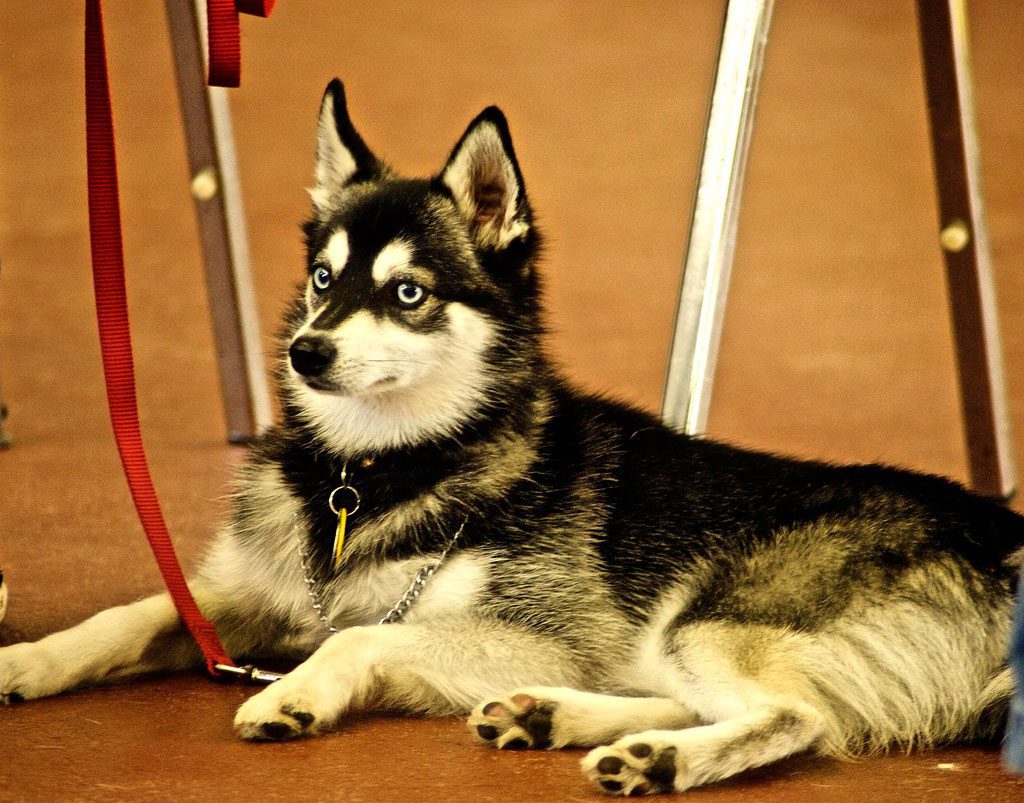


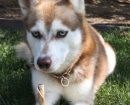
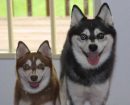
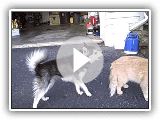 Miki and the cat Alaskan Klee Kai
Miki and the cat Alaskan Klee Kai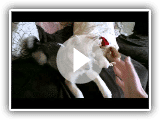 Alaskan Klee Kai (Mini Husky) UK
Alaskan Klee Kai (Mini Husky) UK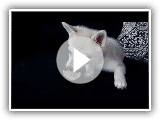 Alaskan Klee Kai Puppy Freaks Out Over Lime
Alaskan Klee Kai Puppy Freaks Out Over Lime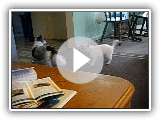 Cloud White Alaskan Klee Kai
Cloud White Alaskan Klee Kai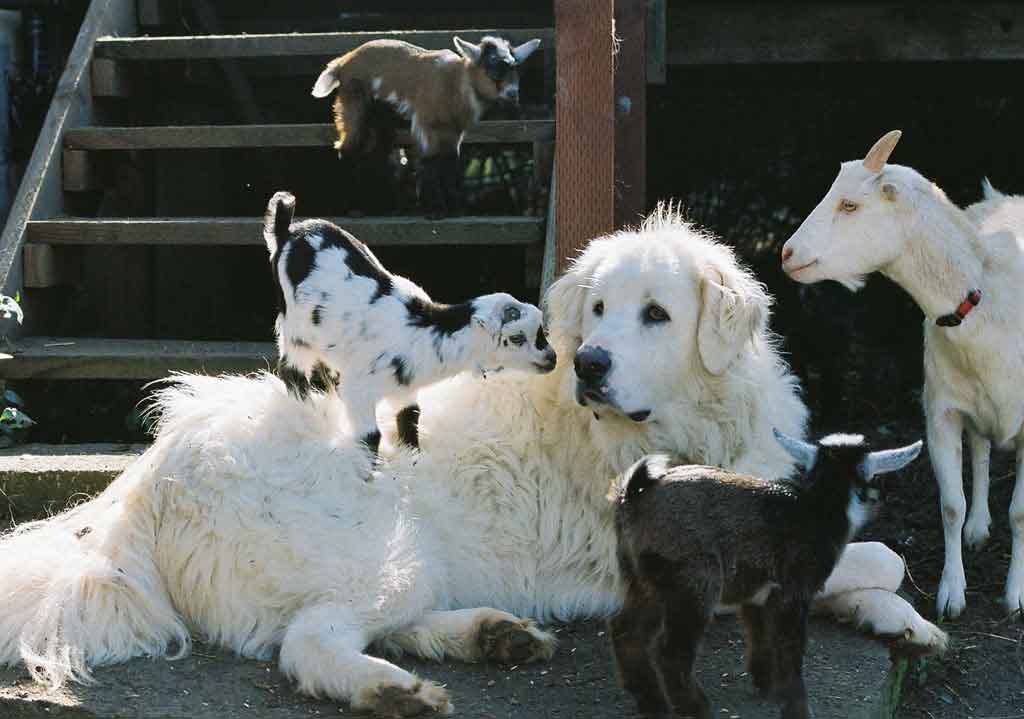
 Tinker the Akbash – learning fast
Tinker the Akbash – learning fast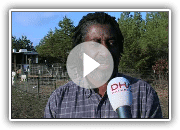 Akbash dogs of Turkiye
Akbash dogs of Turkiye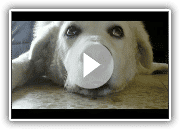 Akbash Dog / Dog Breed
Akbash Dog / Dog Breed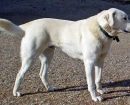
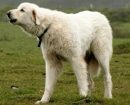
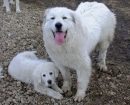
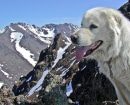
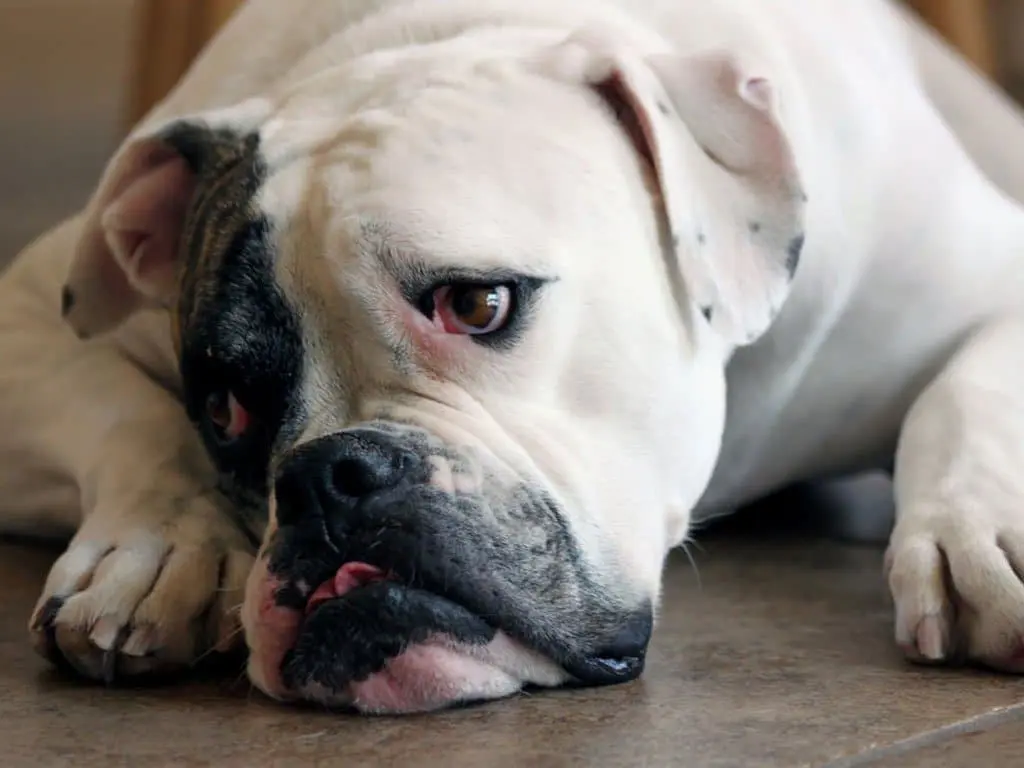
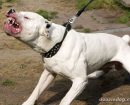
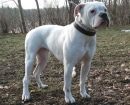
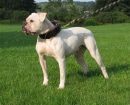
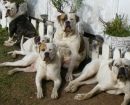
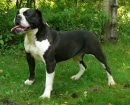
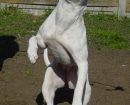

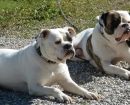
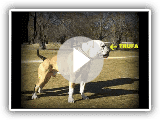 Documental American Bulldog part.1
Documental American Bulldog part.1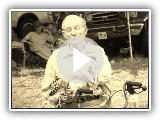 Documental American Bulldog, part.2
Documental American Bulldog, part.2 American bulldog funny
American bulldog funny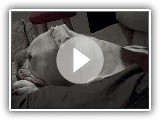 AMERICAN BULLDOG TALKING
AMERICAN BULLDOG TALKING 100% Johnson American Bulldog
100% Johnson American Bulldog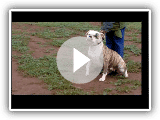 american bulldog show 4
american bulldog show 4